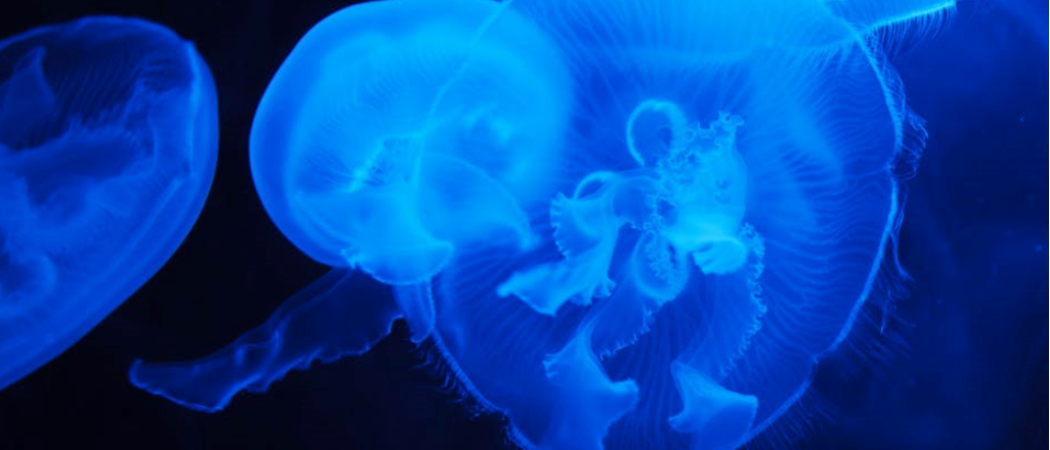In the innovative EU project GoJelly, researchers are working to solve the micro-plastic challenge by using nature itself.

GoJelly: The researchers will focus on identifying the species that produces the most mucus, and to find effective harvesting methods for the recovery and storage of the jellyfish.Immage by Pexels.com.
The project is led by the German Geomar Helmholtz Center for Ocean Research, but the Norwegian research institute SINTEF and NTNU (The Norwegian University of Science and Technology) are involved in the hunt for jellyfish with a talent for catching microplastics.
GoJelly’s goal is to develop a so-called biofilter of the mucus produced by the jellyfish. The mucus can actually adsorb both micro and nanoplastics. The idea is that the biofilter should be used in, for example, municipal water treatment plants to stop plastic particles from getting into the sea.
In GoJelly, researchers at NTNU and SINTEF will work together with researchers and fishermen from all over Europe to harvest jellyfish in different European marine areas. In Norway the Periphylla periphylla (Crown Jellyfish), which lives in Trondheimsfjorden, targets the harvest.
The researchers will focus on identifying species that produces the most mucus, and to find effective methods for harvesting and storage of the jellyfish. The functionality and capacity of the filter will also be investigated. In addition, the project will drive the cultivation of jellyfish to provide itself with both research material and enough jellyfish for biofilter and other manet products. Jellyfish can also be used for human food, feed, fertilizer and cosmetics.





 A unique international forum for public research organisations and companies to connect their external engagement with strategic interests around their R&D system.
A unique international forum for public research organisations and companies to connect their external engagement with strategic interests around their R&D system.